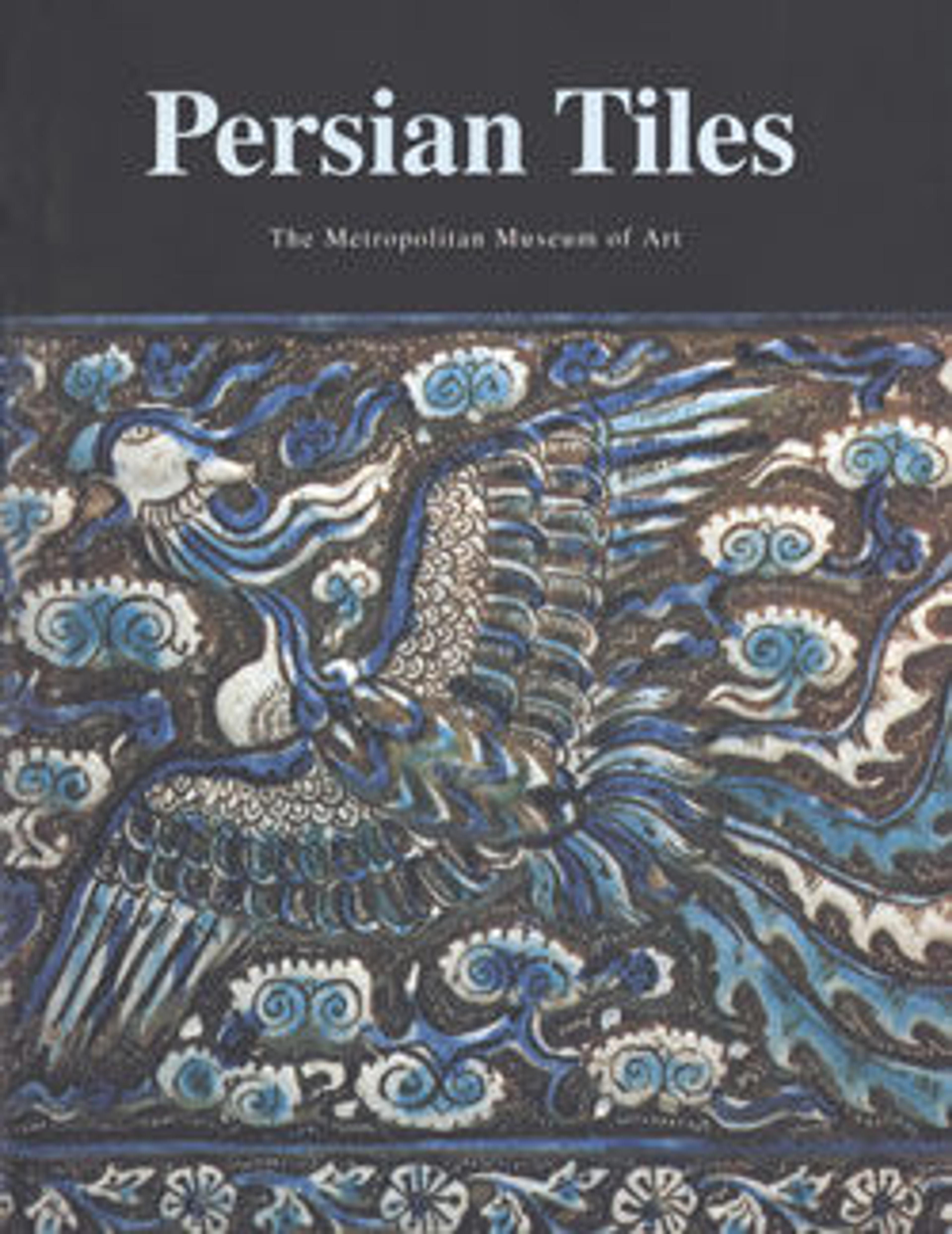Tile from a Frieze
Once part of a calligraphic frieze within a tomb or religious structure, this tile holds three lines of religious text. Executed in thuluth script, the raised writing of the central band includes the word "the Messenger" and is part of a Qur’anic verse from Sura 2 (The Cow), verse 285. The calligraphic inscriptions painted in luster above and below are from other sections of the Qur’an, although most of the luster on the lower register has worn off. Perhaps set at eye level above a dado of geometric tiles, the full group once formed a continuous band of text. A total of twenty tiles from this frieze are known to exist, including eight in the Museum’s collection.
Artwork Details
- Title: Tile from a Frieze
- Date: early 14th century
- Geography: Attributed to Iran, Kashan
- Medium: Stonepaste; inglaze painted in blue and turquoise, luster-painted on opaque white glaze, modeled
- Dimensions: H. 7 1/2 in. (19.1 cm)
W. 15 3/4 in. (40 cm)
D. 1 1/4 in. (3.2 cm) - Classification: Ceramics-Tiles
- Credit Line: Gift of Mrs. Frederick F. Thompson, 1915
- Object Number: 15.76.5
- Curatorial Department: Islamic Art
More Artwork
Research Resources
The Met provides unparalleled resources for research and welcomes an international community of students and scholars. The Met's Open Access API is where creators and researchers can connect to the The Met collection. Open Access data and public domain images are available for unrestricted commercial and noncommercial use without permission or fee.
To request images under copyright and other restrictions, please use this Image Request form.
Feedback
We continue to research and examine historical and cultural context for objects in The Met collection. If you have comments or questions about this object record, please contact us using the form below. The Museum looks forward to receiving your comments.
